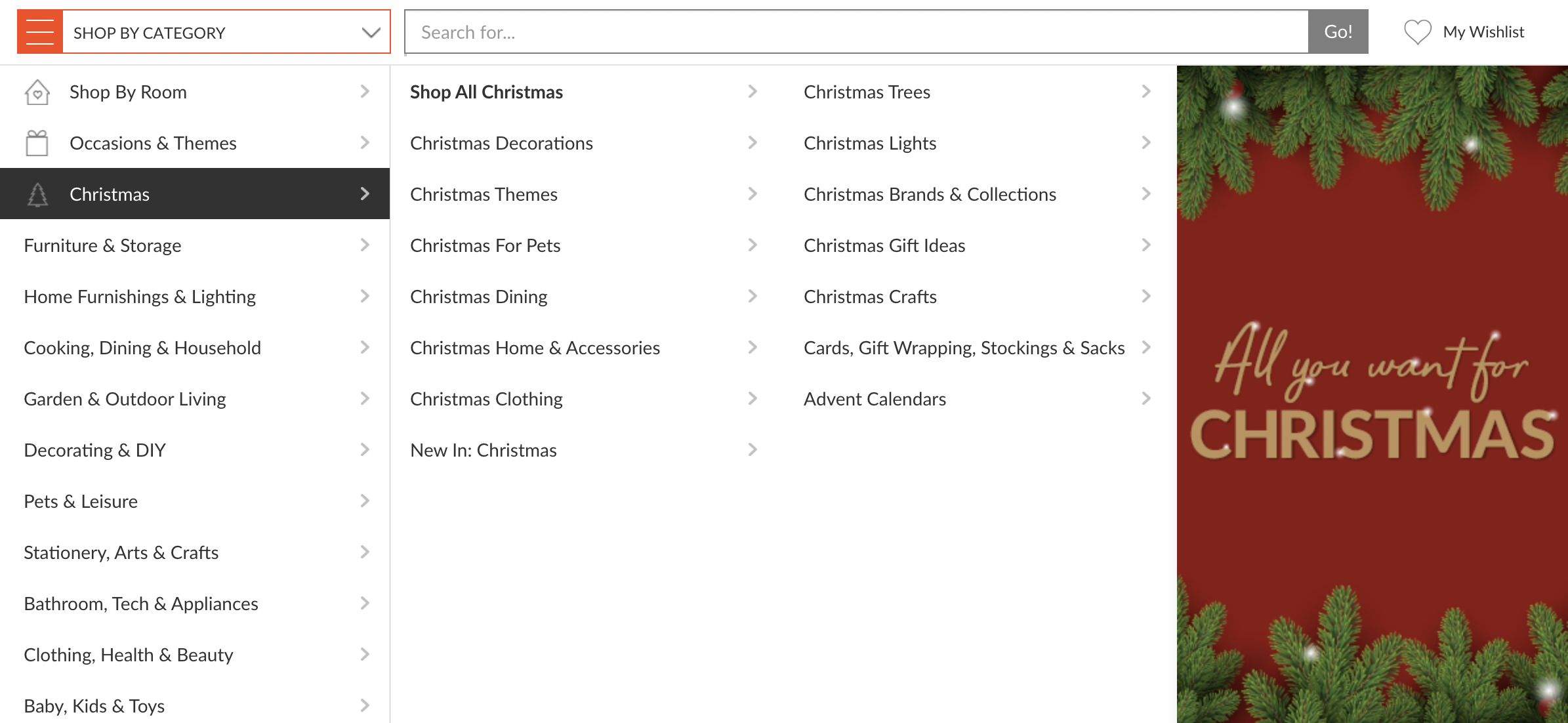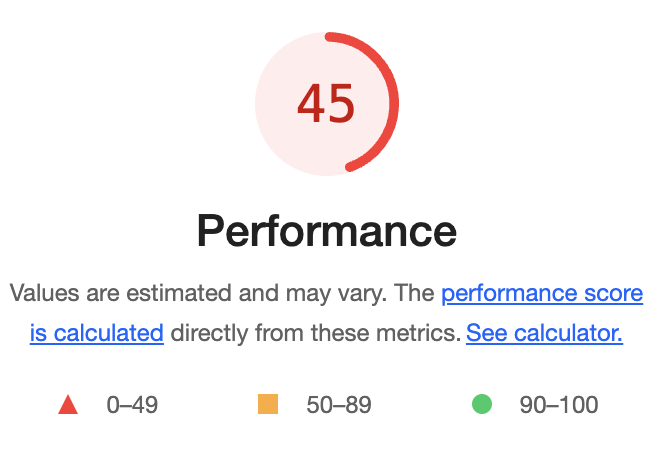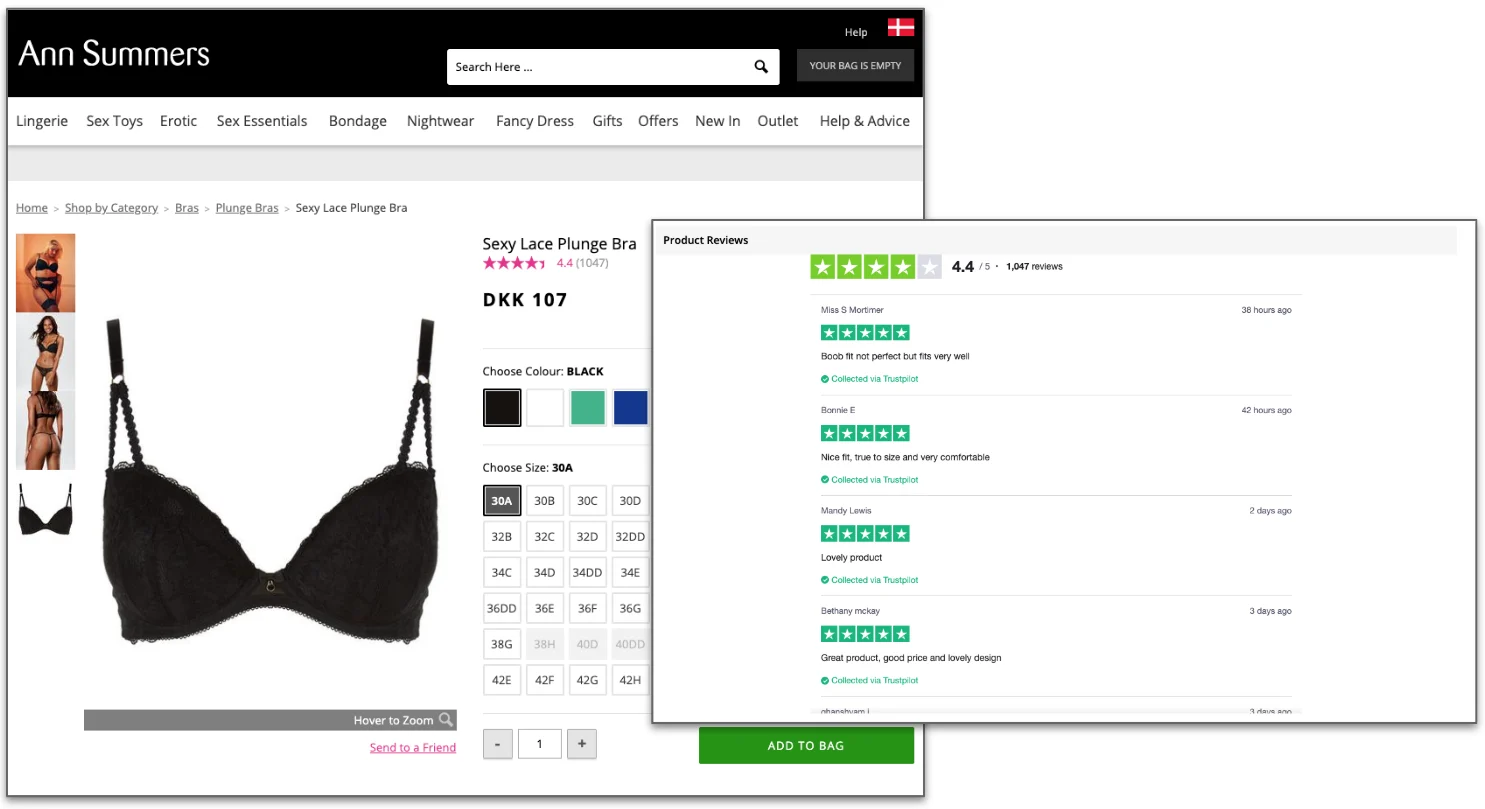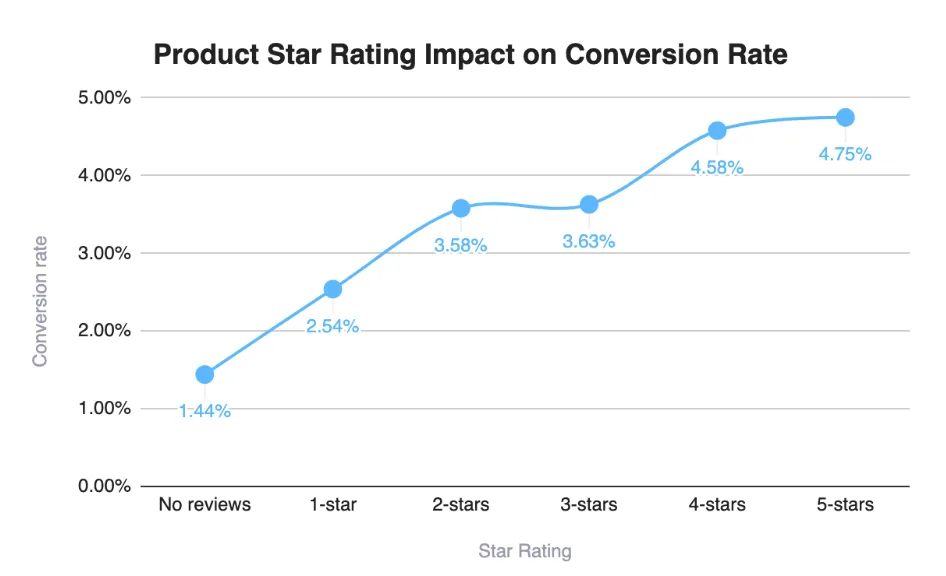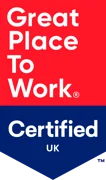I’m not usually one to start talking about Christmas before autumn has properly arrived, but Christmas is a key time for ecommerce brands – after all, it can be make or break for a number of websites, and in some cases just one month can be over 50% of some companies’ yearly revenue.
If you think your website is ‘Christmas ready’, you may need to think again. From my experience in technical SEO, you wouldn’t believe the issues I find across a number of sites – even the biggest of brands with huge digital budgets have SEO/UX issues.
Let’s dive in to how you can optimise your website for increased Christmas sales…
Discover new products to sell
This is by far the least obvious thing on my list, which is why I’m putting it right at the start. If you’re in a competitive market, the best thing you can do is branch out and create multiple categories for all the products that people are searching for at Christmas.
People’s search habits change drastically during the festive season, with ‘Christmas’ becoming a core focus of their search, even when looking for mundane, typically everyday goods like new dining cutlery and accessories, household lights and clothing.
There’s five first key points to our first task:
- Research the search volumes and trends of last year’s top selling products
- Create your Christmas categories, sub categories and product pages
- Optimise these pages for your primary and secondary keywords
- Indexing isn’t immediate, get these pages live ASAP to get ahead of the competition
Fix your website speed
Brands large and small are STILL falling into the trap of not truely optimising their website speed. Pagespeed isn’t just a ranking signal, it’s an important aspect of the customer journey; influencing whether they’ll stay on your site and if they’ll convert, but it can also impact how much they’ll spend.
It’s important to check the speed of every page on your site, not just the homepage. Check each category page, product pages and even your blog/news articles; people will drop out at all stages of the journey if your website is slow.
If you’re still not convinced pagespeed is important, here’s a great read on why pagespeed is important by our Head of SEO, Laura Rudd.
Identify upselling opportunities
There are three main places that you can upsell to customers:
- The product Page is always a good start, making it easy for people to find similar products to the one they’re currently viewing, with a quick and easy ‘add to cart’ (or basket) button – with the ability to add additional related items to basket, without leaving their current page.
- In the cart/basket can be another great place to upsell products. Pro tip: use different products than what you tried to upsell on the previous product page.
- In the purchase journey – It’s never too late to promote an upsell, just try and focus on the smaller items in the cart, the things people really need at Christmas and always forget. If you sell gift items, think wrapping paper and wrapping tape. If you’re a clothing retailer, why not think accessories like scarves, hats and gloves?
Add product reviews to boost conversion rates
It’s never too late to generate reviews, especially if they’re product reviews. Ann Summers saw up to a 230% increase in product sales from adding Trustpilot reviews to their website. In fact, even products with just 1 star saw an increase in conversion rate over products which hadn’t yet been rated.
Reference: Trustpilot.com
Looking at the graph below, we can see that the lowest conversion rate observed was 1.44% on products without any reviews. Once reviews were added, this increased drastically to 2.54% for products with a 1 star rating.
Reference: Trustpilot.com
Enable stock notifications and manage out of stock product pages
Christmas is a fluid time of year. You don’t want to purchase too much stock in fear that you won’t sell all of it; purchase too little and you run the risk of selling out too quickly. It’s not always possible to increase your stock count at the last minute, but if you do, it’s important to alert people about the increase in stock availability.
By giving people the option to sign up to stock notifications, not only do you get the chance to inform them of stock updates, but you can start to gain a picture of which products are the most popular and which products people want to see restocked.
This also gives you the opportunity to increase users to your email lists for general marketing later down the line, providing they opt in for this, of course.
When a product sells out, don’t take it off your store. Removing a product from your store altogether can reduce the amount of traffic you get through your website. A product page could be a great source of traffic to your site and even if the product is out of stock, that page can be used as a springboard for users to enter a different part of your site and make an alternative purchase.
Talk to us about your ecommerce marketing strategy
If you’d like any help with your ecommerce SEO strategy, our team would love to hear from you. Use the form below to get in touch.


